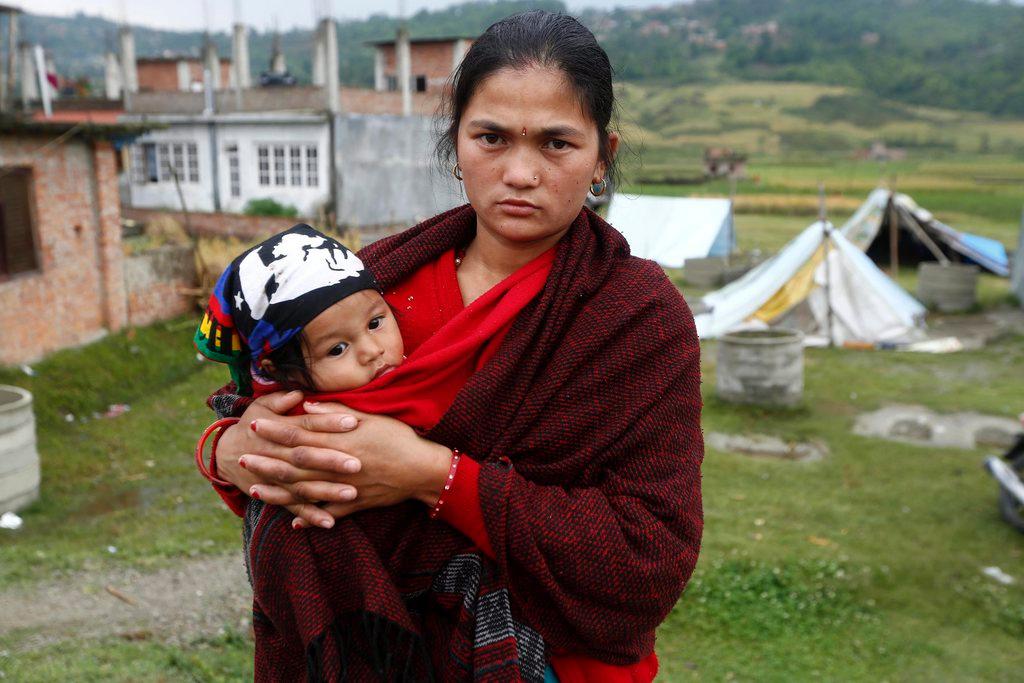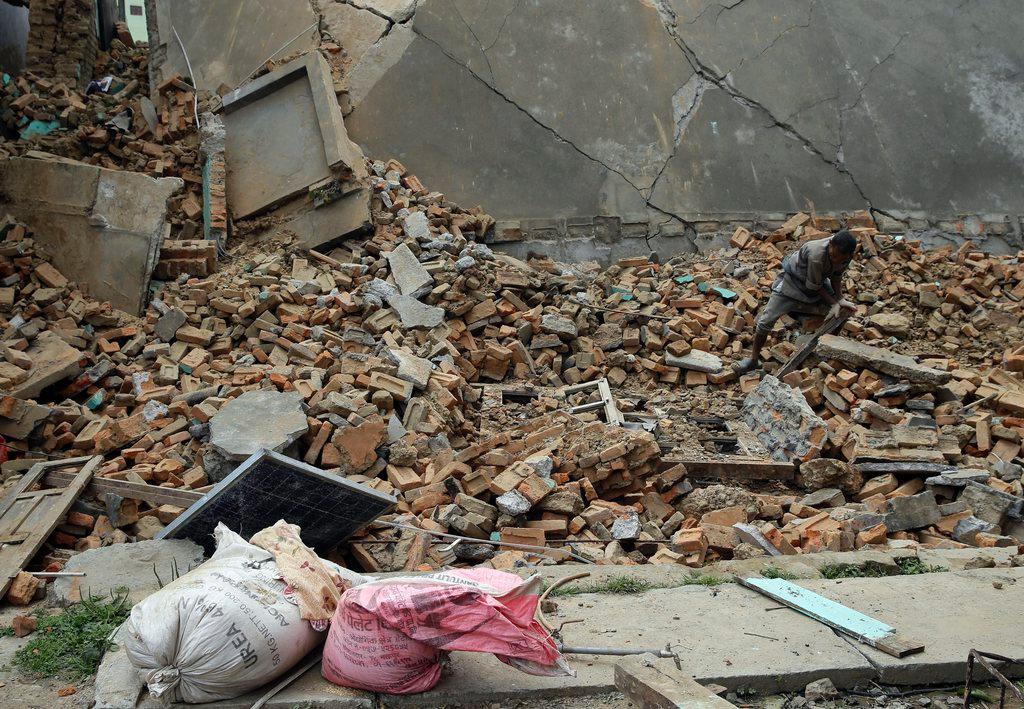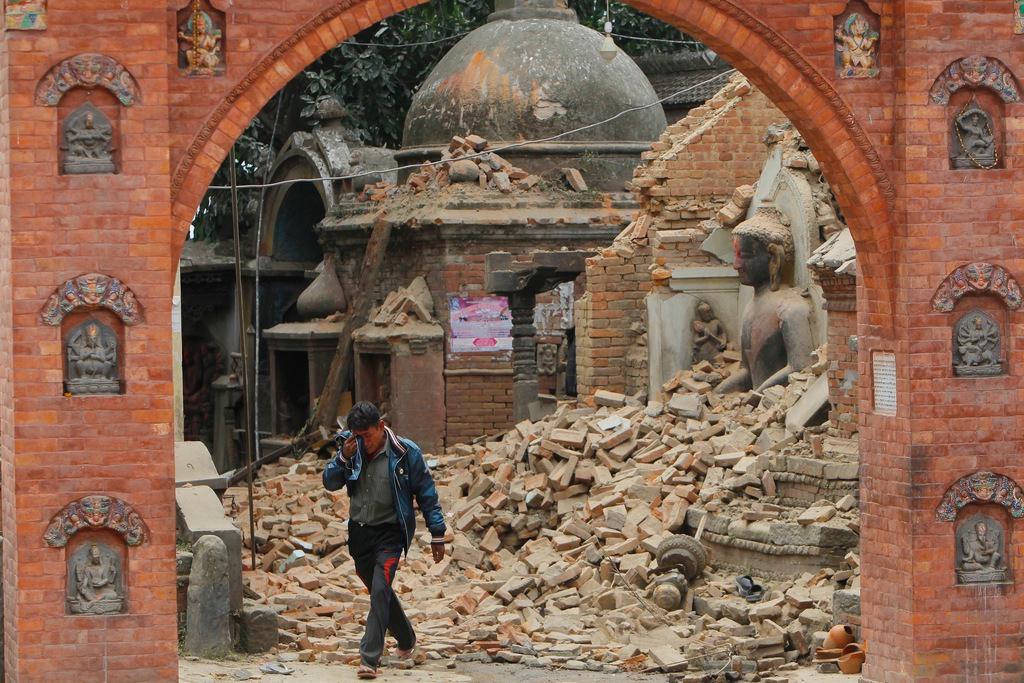Swiss to send 40 tonnes of aid and more experts to Nepal

A ten-member team has been dispatched to Nepal to provide medical support to the earthquake victims there. By the end of the week the Swiss Humanitarian Aid Unit plans to have 30 people in the catastrophe area and have sent 40 tonnes of aid supplies.
The rapid response “Mother and Child” team deployed by the Swiss Humanitarian Aid Unit comprises eight medical personnel and two logistics experts. They will focus on assisting women in childbirth and performing surgery on children. The team left Bern airport on the government’s official jet to ensure they are accorded priority clearance in Kathmandu.
The team of medical specialists has gone to Nepal based on the initial assessment of the situation on the ground by the six-member first-response team sent to the earthquake-hit country on April 26.
The “Mother and Child” rapid-response team was established following experience acquired during the operations in Haiti after the earthquake there in 2010. Besides medical professionals, the aid mission will also fly in more than 500 kilos of equipment.
Other relief measures planned include sending on Thursday a team of eight specialists, including two doctors, from the Swiss Disaster Relief Unit, as well as delivering a 40-tonne aid consignment on Friday, including tents, electricity generators and canisters for carrying water.
The unit’s head, Manuel Bessler, said the medical aid was planned for sex weeks, with alternating teams.
Appeal
Relief efforts to help millions of Nepalis reeling from the aftermath of a massive earthquake must be scaled up, the United Nations said on Wednesday, launching a $415 million (CHF390 million) appeal as survivors grew frustrated at the slow delivery of aid.
The 7.8 magnitude quake rocked the impoverished nation on Saturday, toppling thousands of buildings in the densely populated Kathmandu Valley, where the capital is located.
More than 5,000 people were killed and at least 10,194 people injured in the Himalayan country’s worst earthquake in more than 80 years and the many aftershocks that followed.
The UN estimates that eight million people have been affected, with at least two million in need of tents, water, food and medicines over the next three months.

In compliance with the JTI standards
More: SWI swissinfo.ch certified by the Journalism Trust Initiative


You can find an overview of ongoing debates with our journalists here. Please join us!
If you want to start a conversation about a topic raised in this article or want to report factual errors, email us at english@swissinfo.ch.